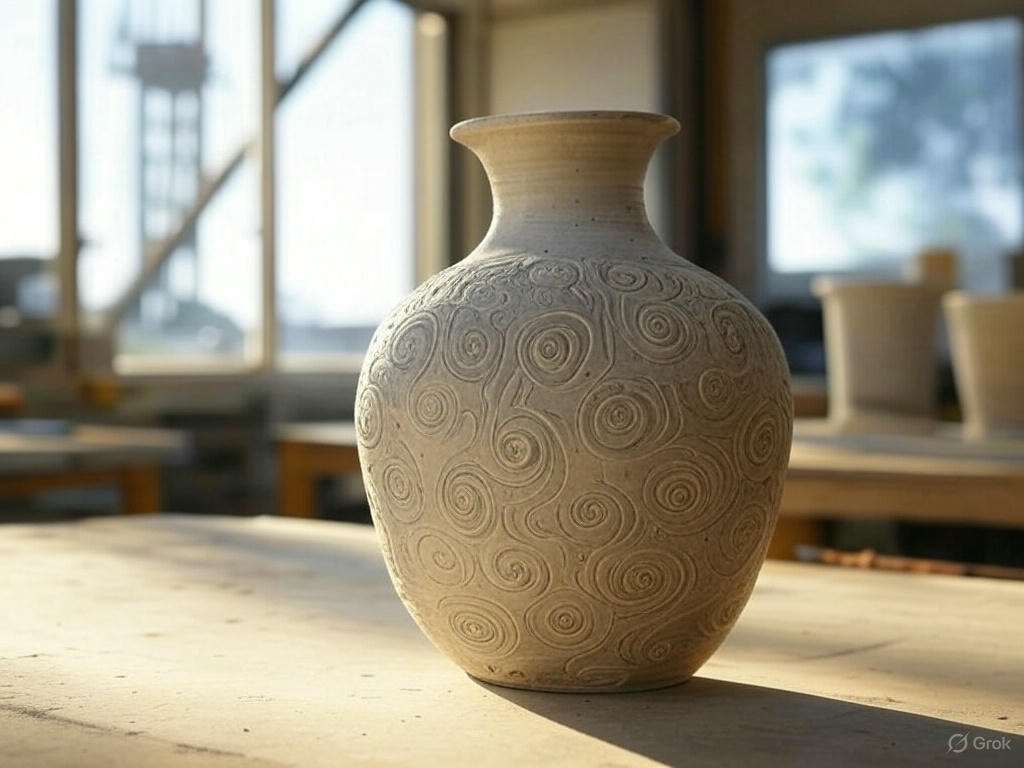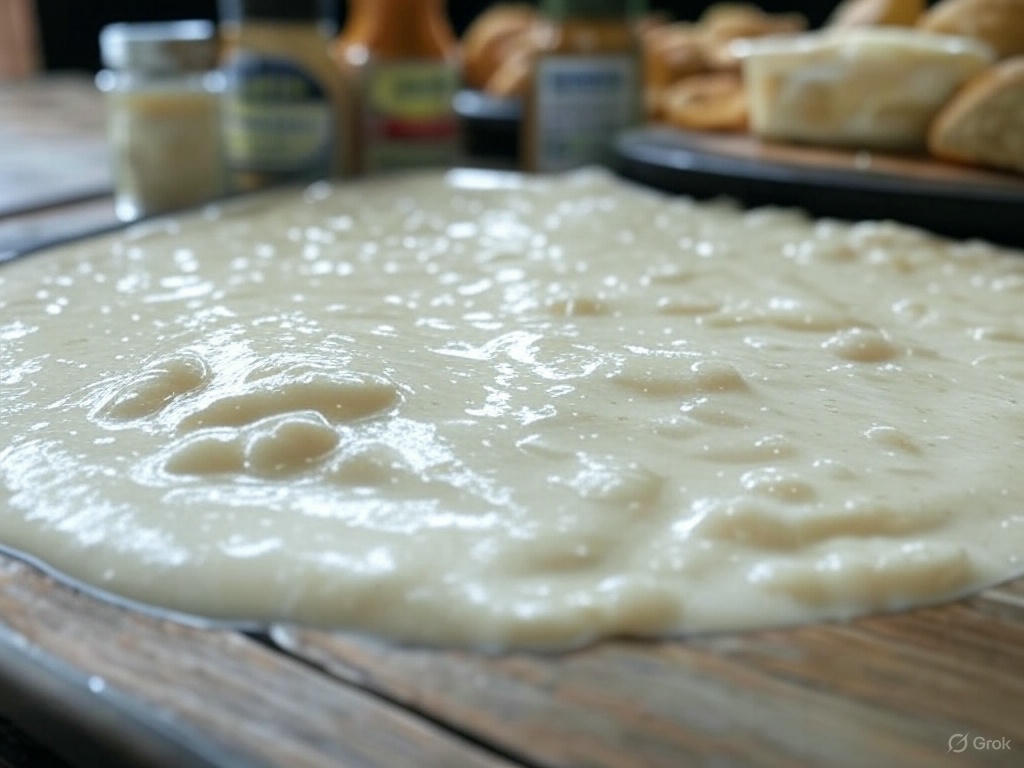Hydroxypropyl methyl cellulose, the whole process in the automatic monitoring of the end, does not contain any animal organs and grease and other active ingredients, non-ionic cellulose ether, the appearance of white powder, odorless and tasteless.
2 traits
Hydroxypropylmethylcellulose Molecular formula
Hydroxypropylmethylcellulose Molecular formula
Soluble in water and most of the polarity c and the appropriate share of ethanol / water, propanol / water, dichloroethane and so on, in ether, acetone, ethanol insoluble, swollen in cold water to clear or slightly cloud Colloidal solution. The aqueous solution has a surface activity, high transparency and a stable function. HPMC has the nature of hot gel, commercial water solution after the composition of gel separation, cooling and then dissolved, not the same as the standard commodity gel temperature is not the same. Solubility changes with viscosity, the lower the viscosity, the greater the solubility, not the same as the standard HPMC its nature must be different, HPMC dissolved in water is not affected by the PH value. Particle size: 100 mesh pass rate greater than 98.5%. Bulk density: 0.25-0.70g / (usually 0.4g / mercy), the proportion of 1.26-1.31. Color change temperature: 180-200 ° C, carbonization temperature: 280-300 ° C. The oxygen value is 19.0% to 30.0%, and the hydroxypropyl value is 4% ~ 12%. Viscosity (22 ℃, 2%) 5 ~ 200000mPa .s. Gel temperature (0.2%) 50 to 90 ° C. HPMC has the characteristics of thickening ability, salt discharge, pH stability, water retention, scale stability, excellent film-forming property and extensive resistance to enzyme, laxity and adhesion.
3 primary use
1. Construction: As a cement mortar water retaining agent, retarder to make mortar with pumping. In the plaster, gypsum material, putty powder or other building materials as a binder, progressive modification and extension of the operation time. Used for posting tiles, marble, plastic decoration, posting enhancer, but also to reduce the amount of cement. HPMC’s water retention function allows the slurry to be cracked and dry after hardening.
2. Ceramic manufacturing industry: in ceramic production is widely used as a binder.
3. Coating industry: in the paint industry as a thickener, auxiliaries and stabilizers, in water or organic solvents are outstanding compatibility. As a paint remover.
4. Ink printing: In the ink industry as a thickener, auxiliaries and stabilizers, in water or organic solvents are outstanding compatibility.
5. Plastic: forming mold release agent, softener, smooth agent and so on.
6. Polyvinyl chloride: PVC production as a slag, the suspension polymerization of PVC preparation of the main additives.
7. Other: This product is also widely used in leather, paper products industry, fruit and vegetable preservation and textile industry.
8. Medicine Occupation: coating information; membrane material; sustained-release preparation of the speed control polymer material; stability agent; suspending agent; tablet adhesive;
Chemical properties
1, Appearance: white or almost white powder.
2, particle size; 100 mesh pass rate greater than 98.5%; 80 mesh pass rate of 100%. Special standard particle size of 40 to 60 mesh.
3, carbonization temperature: 280-300 ℃
Hydroxypropylmethylcellulose
Hydroxypropylmethylcellulose
4, depending on the density: 0.25-0.70g / cm (usually 0.5g / cm or so), the proportion of 1.26-1.31.
5, color temperature: 190-200 ℃
6, surface tension: 2% aqueous solution is 42-56 dyn / cm.
7, dissolved function: soluble in water and some solvents, such as the appropriate share of ethanol / water, propanol / water and so on. The aqueous solution has a surface activity. High transparency, functional stability, not the same as the standard product gel temperature is not the same, the solubility changes with viscosity, the lower the viscosity, the greater the solubility, not the same standard HPMC its function must be different, HPMC dissolved in water from pH Value effect.
8, HPMC with the methoxy content reduction, gel point increased, decreased water solubility, surface activity also decreased.
9, HPMC also has the ability to thicken, salt and low ash powder, pH stability, water retention, scale stability, excellent film-forming, and a wide range of resistance to enzymes, laxity and adhesion characteristics.
5 composition approach
1. The purified cotton cellulose is treated with lye at 35-40 ° C for half an hour, pressed, the cellulose is destroyed, and aged at 35 ° C, so that the resulting alkali fiber is uniformly polymerized within the desired range. The alkali fibers were put into an etherification kettle, followed by propylene oxide and methyl chloride, etherified at 50-80 ° C for 5 hours, and a maximum pressure of about 1.8 MPa. And then in the hot water at 90 ℃ to participate in appropriate hydrochloric acid and oxalic acid scouring materials, so that the volume expansion. Dehydrated with a centrifuge. Scrub to neutral, when the water content of less than 60%, the hot air flow at 130 ℃ boring to 5% or less.
6 dissolving method
1. All types are able to use dry mixing method to participate in the guess;
2. Demand directly to participate in the aqueous solution at room temperature, the best choice of cold water lax type, usually after 10-90 minutes to participate in thickening;
3. General type of hot water mixed with the first lax, to participate in cold water after mixing can be dissolved;
4. Dissolution, such as the formation of agglomeration package appearance, because the mixing is not sufficient or the general type of direct participation in the cold water reasons, this time should be quickly mixed.
5. If the bubble occurs, it can be left for 2-12 hours (detailed solution from the solution consistency) or vacuum, pressure and other methods to remove, can also participate in the appropriate defoamer.
Application areas
Construction industry
1, cement mortar: improve the stability of cement – sand, a substantial improvement in the plasticity of the mortar and water retention, to avoid the crack useful fruit, can enhance the strength of cement.
2, tile cement: the progress of the suppression of tile plastic mortar, water retention, progressive tile adhesive, to avoid powder.
3, asbestos and other refractory materials: as a suspension agent, mobility improver, but also improve the bonding of the substrate.
4, gypsum coagulation slurry: to improve water retention and processing, improve the adhesion of the substrate.
5, seam cement: increased in the gypsum board with the joints of cement, improve the mobility and water retention.
6, latex putty: to improve the resin latex as the basis of the flow of fresh air and water retention.
7, plaster: as a substitute for the natural matter of the paste, can improve the water retention, progress with the base of the glue force.
8, paint: as a latex paint plasticizer, to improve the coating and putty powder operation function and the improvement of liquidity useful fruit.
9, spray coating: to avoid the cement or latex coating only material filler sinking and improve the mobility and spray beam graphics have an outstanding role.
10, cement, gypsum secondary products: as cement – asbestos and other hydraulic material extrusion molding adhesive use, improve mobility, can get a uniform molding.
11, fiber wall: because the anti-bacterial anti-bacterial role, as a sand wall adhesive is useful.
12, the other: can be used as a thin glue mortar and mud hydraulic operator role (PC version) of the bubble holder.
chemical industry
1, vinyl chloride, vinylidene polymerization: as the polymerization of the suspension agent, a disinfectant, with vinyl alcohol (PVA) hydroxypropyl cellulose (HPC) and can be used to control the distribution of particles and particles.
2, adhesive: as a wallpaper adhesive, alternative starch is usually able to use with vinyl acetate latex paint and use.
3, pesticides: increased in pesticides, herbicides, can improve the adhesion when the eruption.
4, latex: progressive asphalt latex emulsion emulsifier, styrene butadiene rubber (SBR) latex thickener.
5, binder: as a pencil, crayon forming adhesive.
Cosmetics industry
1, shampoo: progressive shampoo, detergent, detergent viscosity and the stability of the bubble.
2, toothpaste: to improve the mobility of toothpaste.
food industry
1, canned citrus: to avoid the retention of citrin because of differentiation and whitening transformation and achieve the preservation effect.
2, cold fruit finished products: increased in the fruit dew, ice and so on, so that the taste is very good.
3, sauces: as a sauce, tomato sauce, emulsifying anesthetic or thickener.
4, cold water coating polishing: for frozen fish storage, to avoid discoloration, quality decline, with methyl cellulose or hydroxypropyl methyl cellulose aqueous solution coated with glazing, and then frozen on the ice.
5, the pill of the adhesive: as a tablet, the formation of adhesive tablets, adhesive “together with the collapse of the” (when taking agile melting disintegration) outstanding.
Pharmaceutical industry
1, package complex: the package agent made of organic solvent solution or aqueous solution tablets, in particular, to the resulting particles spray package complex.
2, slow down the agent: 2-3 grams per day, each 1-2G of the amount of material, in 4-5 days show the role.
3, eye drops: because the methyl cellulose aqueous osmotic pressure and tears, so the impact on the eyes of small, increase eye drops, as touch the eye of the crystal smooth agent.
4, jelly: as jelly-like external drug may be the base material.
5, impregnating agent: as a thickening agent, water retaining agent.
Kiln career
1, electronic information: as a ceramic ionizer, ferrite bauxite out of the extrusion molding of the adhesive, with 1.2-propylene glycol and use.
2, glaze: used as ceramic glaze and porcelain cooperation, can improve the bonding and processing.
3, refractory mortar: increase in the refractory mortar or pouring furnace, can improve the plasticity and water retention.
Other occupations
1, fiber: as a printing and dyeing paste for pigments, boron soil dyes, salt-based dyes, textile dyes, in addition, kapok in the corrugated processing, with the thermal hardening resin and use.
2, paper: used to copy the paper on the leather surface and oil processing and so on.
3, leather: as a final smooth or one-time use of adhesive.
4, water-based ink: increased in water-based ink, ink, as a thickening agent, film-forming agent.
5, tobacco: as a renewable tobacco binder.
Tagged in :
You May Love
-

Hydroxyethyl Cellulose (HEC) is used in ceramics
.
Hydroxyethyl Cellulose (HEC) is indeed utilized in the ceramics industry, and its applications are rooted in its properties as a water-soluble,…
-

Hydroxyethyl Cellulose (HEC) is used in oil drilling
.
Hydroxyethyl Cellulose (HEC) is widely used in oil drilling, particularly as an additive in drilling fluids, due to its versatile properties…
-

Hydroxyethyl Cellulose (HEC) is used in food products
.
Hydroxyethyl Cellulose (HEC) is indeed utilized in certain food products, though its application in the food industry is less widespread compared…

